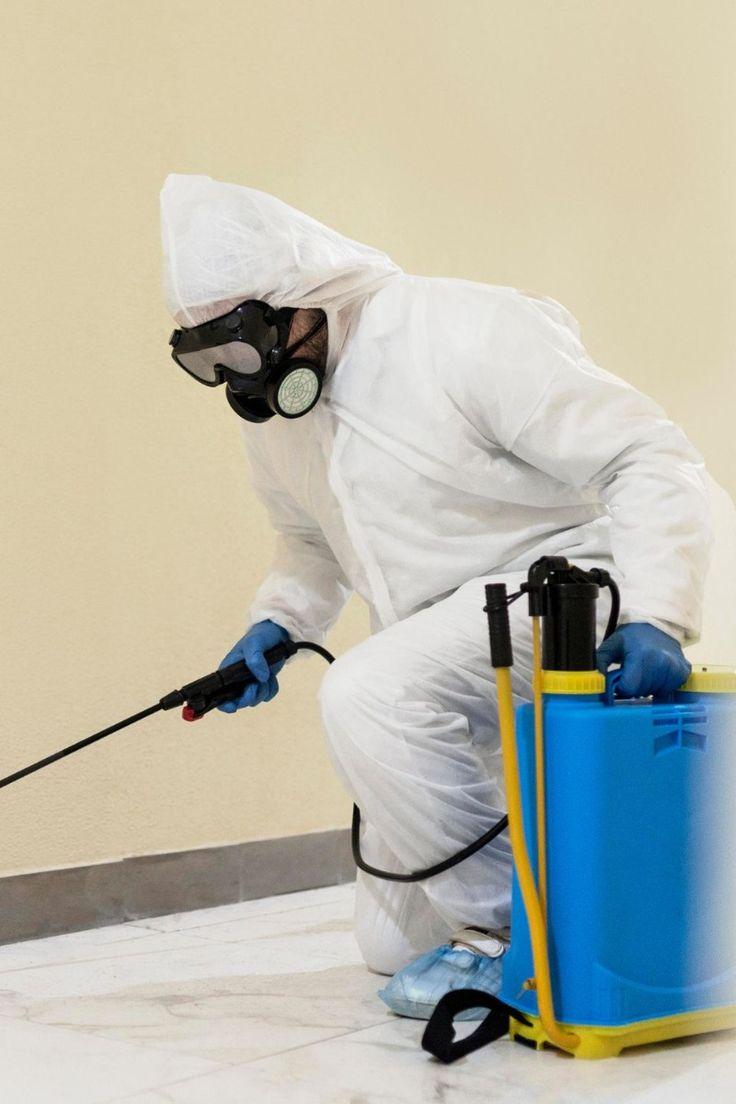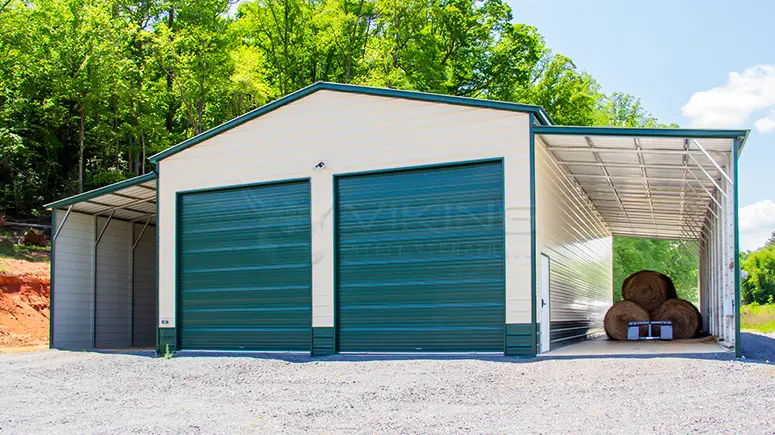Safe and Effective Strategies for Managing Wasp Infestations

Introduction
Wasps are among the most common stinging insects that homeowners and property managers encounter during warmer months. While these insects play a role in natural ecosystems — helping with pest control and pollination — their presence around homes, businesses, or recreational areas can be dangerous. A single wasp sting is painful, but multiple stings or allergic reactions can be life-threatening. For this reason, managing wasp infestations is an important part of protecting both property and human health.
Wasp infestations typically begin with the establishment of nests in attics, sheds, wall voids, or even underground. These nests can expand quickly, housing hundreds or even thousands of aggressive insects. Understanding wasp behavior, the risks of infestations, and the safest removal strategies is essential for homeowners and property managers who want to prevent serious problems.
Understanding Wasp Behavior
Wasps are social insects that live in colonies with a queen, workers, and drones. Depending on the species, nests can vary in shape, size, and location. Some wasps build paper nests above ground, while others prefer burrows in the soil.
Key behaviors that make wasps particularly concerning include:
-
Aggression: Unlike bees, wasps can sting multiple times and often attack in swarms when they feel threatened.
-
Territorial Nature: Wasps are highly protective of their nests, making accidental disturbance dangerous.
-
Seasonal Activity: Wasp populations peak in late summer and early fall, when colonies are largest and food is scarce.
Understanding these behaviors helps explain why infestations must be managed swiftly and strategically.
Health Risks Associated with Wasps
The most obvious risk from wasps is their sting. These stings inject venom that causes pain, redness, and swelling. In some individuals, stings can trigger severe allergic reactions, including anaphylaxis, which requires immediate medical attention.
Additional risks include:
-
Multiple Stings: Swarms can deliver dozens of stings, overwhelming the immune system.
-
Secondary Infections: Scratching sting sites can introduce bacteria, leading to infections.
-
Psychological Impact: For families with children, the constant threat of stings can make outdoor spaces unusable.
Because of these dangers, homeowners are advised against attempting to remove wasp nests on their own, particularly if the nests are large or difficult to access.
Signs of a Wasp Infestation
Detecting a wasp problem early can help prevent serious infestations. Common signs include:
-
Frequent sightings of wasps entering or exiting a specific hole, crevice, or wall void.
-
Buzzing sounds within walls, attics, or ceilings.
-
Visible paper nests hanging from trees, eaves, or structures.
-
Increased wasp activity around food sources, garbage bins, or compost piles.
Recognizing these early signs makes it possible to intervene before a colony becomes unmanageable.
Common Nesting Locations
Wasps choose nesting sites based on shelter, accessibility, and proximity to food. Some of the most common nesting locations include:
-
Roof eaves, attics, and soffits
-
Hollow trees and dense shrubs
-
Underground burrows
-
Wall cavities and sheds
-
Play structures or outdoor furniture
Because many nests are hidden, infestations may go unnoticed until wasps become highly active in late summer.
Risks of DIY Removal
While some homeowners may attempt to remove small nests with sprays or smoke, this approach is often unsafe. DIY removal poses risks such as:
-
Severe Stings: Disturbing a nest often provokes aggressive swarming.
-
Incomplete Removal: Sprays may kill surface wasps but leave larvae and queens alive, allowing the colony to recover.
-
Property Damage: Improper use of chemicals can damage structures or contaminate indoor air.
Professional intervention is recommended to ensure safe, thorough, and long-lasting results.
Professional Removal Techniques
Pest control specialists use a range of proven methods to eliminate wasp infestations while minimizing risks to people and property. Techniques may include:
-
Protective Gear: Technicians wear specialized suits and equipment to avoid stings.
-
Targeted Sprays and Dusts: Professional-grade insecticides are applied directly to nests and entry points.
-
Nest Removal: Once the colony is neutralized, nests are carefully removed to prevent re-infestation.
-
Exclusion Strategies: Sealing entry points and applying deterrents reduces the risk of future nests.
The advantage of professional services lies not only in effective nest removal but also in long-term prevention and expert advice tailored to each property.
Prevention Strategies
Once a nest is removed, preventing future infestations becomes a priority. Homeowners can take several steps to reduce risks:
-
Seal Entry Points: Caulk cracks and gaps around eaves, windows, and siding.
-
Secure Garbage: Use tightly sealed bins to eliminate food sources.
-
Limit Outdoor Food Exposure: Clean up spills and cover sweet beverages or meat when dining outdoors.
-
Maintain Landscaping: Trim shrubs and trees that could conceal nests.
These strategies work best when combined with seasonal inspections by pest professionals.
Mid-Section Integration of Key Concept
For residents facing serious infestations, professional services are often the only safe option. Many homeowners specifically seek wasp nest removal Bethpage NY when colonies grow near homes, schools, or businesses. This type of localized service ensures technicians are familiar with the region’s common wasp species and nesting patterns, providing tailored solutions. By relying on experienced pest control teams, property owners reduce the dangers associated with DIY methods and ensure nests are completely eradicated, giving families peace of mind and restoring safe use of outdoor spaces.
Importance of Seasonal Inspections
Regular inspections during spring and early summer can stop infestations before they grow. Wasps often start colonies in hidden locations, and spotting small nests early allows for easier removal. Professional inspections are particularly useful for properties with:
-
A history of infestations
-
Large outdoor spaces
-
Commercial operations where safety regulations require proactive pest control
Investing in seasonal inspections saves time, money, and stress in the long run.
Community Safety and Awareness
Wasps are not just a household problem; they can pose risks to entire communities. Public parks, schools, restaurants with outdoor seating, and recreational facilities often struggle with wasp nests. Raising awareness about safe practices, such as avoiding open trash bins or sugary drinks outdoors, can help minimize encounters.
Local governments and property managers may also collaborate with pest control companies to conduct large-scale prevention and removal programs.
Environmental Considerations
While removing dangerous nests is necessary, it is also important to balance pest control with environmental protection. Wasps, despite their reputation, contribute positively by preying on harmful insects and aiding pollination.
Responsible pest control services aim to:
-
Target only harmful nests near human activity
-
Use eco-friendly insecticides whenever possible
-
Educate property owners about coexistence with non-threatening wasp populations
This balance ensures both safety and ecological stability.
Choosing a Reliable Pest Control Service
When selecting a service provider, homeowners should look for:
-
Licensing and Certification: Ensures compliance with safety standards.
-
Experience: Providers familiar with local species are better equipped to deliver effective solutions.
-
Guarantees: Some companies offer warranties on nest removal to protect clients from re-infestation.
-
Transparency: Clear communication about methods, costs, and follow-up care.
Customer reviews and referrals can also help identify trustworthy companies.
Cost Factors in Nest Removal
The cost of professional wasp control depends on several factors:
-
Location and accessibility of the nest
-
Size of the colony
-
Type of wasp species
-
Number of nests present
While DIY sprays may seem cheaper, the risks of stings, incomplete removal, and recurring infestations make professional services a safer and often more cost-effective choice.
Conclusion
Wasps may play a role in ecosystems, but when they build nests near homes or businesses, they pose serious health and safety risks. From painful stings to allergic reactions and property disruptions, infestations should never be ignored.
Understanding wasp behavior, recognizing signs of infestations, and acting quickly with professional help are critical steps in maintaining safe environments. By combining expert nest removal with preventative measures like sealing entry points and securing food sources, property owners can significantly reduce the likelihood of recurring problems.
Ultimately, investing in professional services not only ensures safe and effective wasp control but also provides long-term peace of mind. For families, businesses, and communities, this means reclaiming outdoor spaces and protecting everyone from unnecessary harm.








